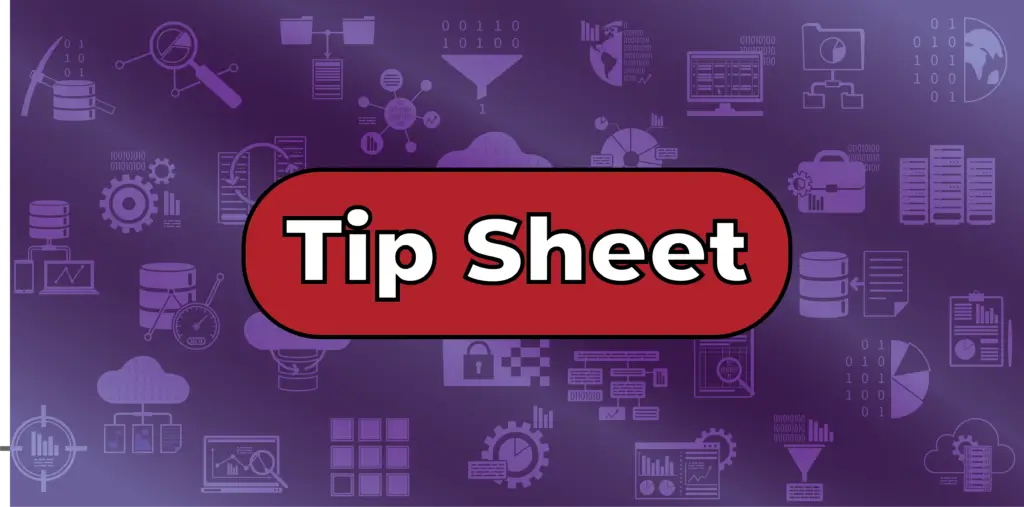Prepare Early. Determine the value of each area of the business. Evaluate the strengths and weaknesses so that you can capitalize on the strengths that will provide the greatest value to a prospective buyer. Begin to prepare a “due diligence” package for each part of the company – whether it is a product line, a […]
Category Archives: Tip Sheets
The modern business and accounting landscape requires professionals to exercise and elucidate skills and understanding across many different avenues for both internal teams and external client communications. The strategic use of data visualizations has become an indelible resource for top auditing firms to represent complex datasets quickly and effectively. Review five audit areas that benefit […]
Sometimes audit managers must find ways to bridge gaps between finance professionals with varying levels of experience to build a cohesive team. Review four imperative skills that finance and audit teams need to have to maintain success and minimize oversight and risk whether your auditors are on day 1 or day 1001. 1. Understanding Changing […]
Enterprise applications must continually evolve to support ongoing business changes. Frequently companies reach a stage where their ERP applications have “functional capability” but do not efficiently support the business process and are not easily adaptable. The below method operates at the individual application level as well as the enterprise ecosystem level to help companies obtain […]
New areas of risk and new demands in reporting and stakeholder expectations, require the expertise of a modern internal audit team that evolves year over year. Businesses are responding to this challenge by adopting automation to streamline their workflows and build value. Consider these five elements as you evaluate the integration of automation into your […]
Leadership: The leadership team must define the reason for change, a strategy, and set objectives. They must have a vision of what the change will lead to and what benefits will accrue. Employees and stakeholders must be engaged and motivated. This can be done by setting targets, measuring performance, and providing financial and non-financial rewards […]
There are ways to leverage Oracle® E-Business Suite to run industry standard audit procedures and proactively identify areas of non-compliance in advance for a smoother audit process. Here are our recommended tips to Ace Your Audit: Know Why Automation is Important: Know how audit automation can facilitate current and future audit frameworks and standards and […]
A useful chart of accounts (COA) provides flexibility for recording and reporting financialinformation, allows uniform management, and enhances communication. These nine fundamentalcriteria for COA design in Oracle® E-Business Suite will allow your business to create aforward-thinking chart of accounts to optimize growth and flexibility, while minimizing maintenance. Pass the “Mystery Accountant” Test – Do your […]
Cross-validation rules (CVRs) determine which segment values in your chart of accounts (or otherkey flexfields) can be used together. Upon data entry, the rule determines and controls the validvalues that may be used in conjunction with other values. Here is a list of the top seven things to remember when designing cross-validation rules in Oracle® […]
Financial Statement Generators (FSG) are powerful tools that can be used to produce a variety of traditional reports such as balance sheets, profit and loss statements, income statements, expense analyses and gross margin reports. Here are eight guidelines will help you get started with making a useful report. Make a Master Row Set – Create […]










